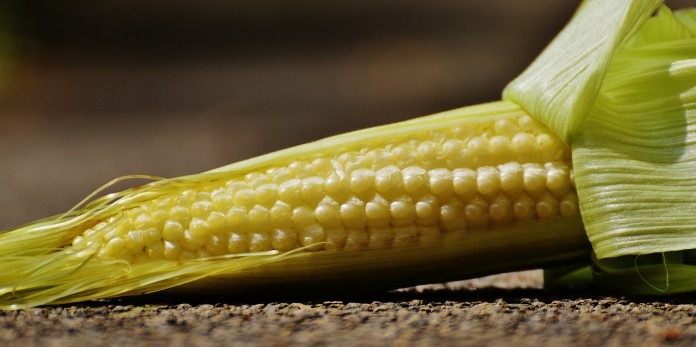Hello, northeast Ohio farmers.
On Sept. 20-22, Ohio State held the Farm Science Review in London, Ohio, which attracted almost 126,000 people.
There was something for everyone at the review. Attendees got to choose from a ton of educational sessions and field demonstrations as well as see the newest in farm equipment.
It was especially neat this year, to see the new autonomous concept tractors. It is amazing how technology is advancing in agriculture.
At the review, I had the opportunity to serve as one of the moderators for the “Ask the Expert” panel. Each day, 15 experts were questioned over a 20-minute period on some of the hottest farm management issues that we are currently facing.
These sessions were eye opening especially given the financial downturn that we are facing in agriculture. Today, I would like to share some of the notes I jotted down during these sessions.
2017 crop prices
Matt Roberts from Ohio State’s Department of Agricultural, Environmental, and Development Economics, did not paint a rosy picture for crop prices in 2017.
Matt reported three consecutive record crop harvests in the Midwest have led to a huge supply and it does not appear that a huge price shift is likely.
Even though parts of the eastern corn-belt had drought conditions this summer, the western corn-belt is having a record crop. He reported that he believes we have seen the bottom of the prices for this year.
He stated that by storing corn, farmers may be able to pick up 5 cents per month through the first five months of 2017. This session did not even venture into the low milk and beef prices.
So it looks like an extremely bumpy road for most sectors of agriculture in 2017. One which as my grandfather used to say will “separate the wheat from the chaff.” Time to sharpen the pencil.
2017 budgets
Barry Ward, assistant professor in OSU Extension’s department of agricultural and natural resources, was a panelist and was able to share his budget forecasts for 2017. Sadly, these numbers do not look too promising.
While most of our input costs for corn, soybeans, and wheat should remain flat in 2017, net profit is looking slim at best because of the excess supply.
After paying all the variable and fixed costs per acre, his budgets indicate there will be only $91 per acre for corn; $172 per acre for soybeans, and $23 per acre for wheat to cover land rent/expense and for family living withdrawal.
Add these two factors in, and all three budgets show negative returns. So it is imperative that producers examine their budgets to see where they can trim costs.
Any producer who would like the OSU Extension’s 2017 budget estimates for corn, soybeans, and wheat should call the Ashtabula County Extension office at 440-576-9008 or drop me an email at marrison.2@osu.edu and I will send it to you.
2017 rental rates
Given the low profit margins in 2016 and similar projections for 2017, both Barry Ward and Dr. Michael Langenmeier from Purdue University indicated that rental rates should drop over the next few years. In fact, they indicated that all signs are putting to a retraction up to 25 percent.
I know this is a hard pill for many landowners to swallow given the run-up of our CAUV property tax rates. Something will have to give, as it will be hard for many producers to continue to operate with such low margins.
Tips for surviving low margins
Dr. Chris Bruynis, OSU Extension Educator, was also a panelist and provided tips for producers on how to survive tight margins.
His first suggestion was to complete a financial analysis. Knowing where the business stands financially will be critical in developing a plan to survive.
His second suggestion was to lower the cost of production. Items such as cash rent, input costs, operating costs and equipment depreciation should be scrutinized heavily.
He also mentioned not to hide from your financial lender. They can help you assess your current situation and make suggestions. I know some farmers whom have already met with their lender to restructure their intermediate debt to weather this storm.
Chris also suggested now is really a good time to sharpen your grain marketing skills. He suggested that producers set realistic price targets based on your true cost of production.
I think we all know that it is a lot easier to be profitable with $5.50 bushel corn versus $2.90 per bushel. He also advocated for farmers to look for other revenue streams and to look at ways where neighboring farmers can pool their resources to make bulk purchases or to share equipment.
It definitely is the right time to “think outside of the box!”
Final thoughts
There was not a lot of good news from the “Experts” with regards to profitability in 2017 for agriculture producers.
I cannot stress the need for producers to develop sound budgets for next year and to improve their record keeping systems. A dollar an acre saved here and a dollar saved there will make a huge difference in 2017.
To close today’s column, I would like to share a quote from Dr. Al Lorin who stated, “One ceases to recognize the significance of mountain peaks if they are not viewed occasionally from the deepest valleys.”
Have a good and safe day.













